
Published on August 4, 2025 • By Charles Piedboeuf • Seven-minute read (rating, quiz, FAQ).
Your rating out of five stars
Why some vegetables are unloved
We've all, at one time or another, pushed away a vegetable that didn't find favor in our eyes. Boiled leeks in the cafeteria, overcooked cabbage, bland turnips, neglected Swiss chard, or celeriac forgotten at the bottom of the fridge... These vegetables have a bad reputation, but they truly deserve their place on your plate. Often, it's not the vegetable itself that's the problem, but the way it's prepared! Yet, each one is full of nutritional benefits, unexpected flavors, and surprising culinary possibilities. Ready to change the way you look at these unloved stars? 🥗 Discover how to tame them, reinvent them, and enjoy a varied, healthy... and economical diet!
Leeks: an underestimated health ally
Often relegated to the role of a simple ingredient in soup or stew, leeks deserve pride of place. Their mild, subtle flavor is reminiscent of onions, without the harshness. They're rich in fiber, a source of vitamin K, folate, and sulfur compounds that are beneficial for cardiovascular health. Want to boost your immunity while delighting your taste buds? Try oven-roasted leeks with a drizzle of olive oil, thyme, and a sprinkle of Parmesan: a revelation!
On the practical side, leeks are ultra-versatile. Sliced raw in salads, they add a crunchy touch. In fondue, they enhance fish or eggs. In gratin form, they will win over even the most reluctant, especially if you add a little light béchamel sauce. Tip: also use the green, rich in antioxidants, in your broths or savory smoothies. For quick and healthy cooking, consider the air fryer , perfect for obtaining soft and lightly browned leeks.
Brussels sprouts: small but mighty
Brussels sprouts are one of those divisive vegetables: often associated with bad childhood memories, they suffer from prolonged cooking, which accentuates their bitterness. However, when properly prepared, they become delicious! Rich in vitamins C and K, minerals (iron, potassium), and fiber, they promote satiety and vitality every day.
To enhance it, cut the sprouts in half, drizzle them with a little oil, salt, and pepper, and roast them in the oven until they caramelize. Add some crushed hazelnuts or cranberries for an irresistible sweet and savory twist. In a quick wok with a little soy sauce, they go wonderfully with meat or tofu. Brussels sprouts are also a detox ally, perfect after a barbecue or a festive evening ( grilling ideas here)!
Turnip: sweetness and versatility
Often considered bland or fibrous, turnips are actually a taste chameleon. When young, they're mild and slightly sweet, perfect grated raw in salads or pickles. Cooked, they become tender and pair just as well with white meats as they do in couscous or a vegetarian curry. Rich in vitamin C, potassium, and antioxidant compounds, they boost vitality without adding too much calories.
For a different way to cook it, consider turning it out with honey and mustard glaze, or mashed with a hint of nutmeg. It can be steamed, baked, grilled, and even blended for creamy soups ( our blender tips for effortless blending). Tip: Choose small, early turnips for their sweetness, and keep the tops to enhance a homemade pesto.
Swiss chard: forgotten foliage, modern delight
Chard (or chard) is scary because of its appearance... and memories of school lunches! However, its crispy ribs and tender leaves are a real culinary asset. An excellent source of vitamin A, magnesium, and fiber, it protects eyesight, the heart, and digestion. Chard can be cooked whole, in vegetarian lasagna, in a quick pan with garlic and pine nuts, or even in a Mediterranean-style savory tart.
Remember to separate the ribs and leaves to adapt cooking times. Oven-roasted ribs with a hint of paprika make a unique side dish. The leaves are an easy substitute for spinach in quiches or gratins. Tip: Use chard in green smoothies to add a mineral touch to your healthy drinks. And if you want to vary the textures, try them in tempura or pickles—a guaranteed surprise!
Celeriac: the hidden star of the vegetable garden
With its rustic appearance, celeriac may not be immediately appealing. Yet, its subtle, slightly aniseed flavor makes it the ideal base for revisiting purees, soups, or homemade fries. Ultra-rich in fiber, potassium, and vitamin B6, it's great for regulating blood pressure and supporting energy.
Grated into a remoulade with a light yogurt sauce, roasted like vegetable steaks, or cubed in a stew, it adapts to all desires. Gently roasting in the oven reveals its natural sweetness. Tip: celeriac keeps for a long time and freezes well once blanched. Also, dare to add it to your savory smoothies or to thicken a soup without potatoes.
Frequently Asked Questions
Why are some vegetables less popular?
Their strong flavor, a bad cooking experience, or a lack of awareness of their benefits can sometimes make them unpopular. But when cooked well, they become delicious!
Can we eat the tops and leaves?
Yes! Turnip tops, radish tops, and chard leaves are edible and packed with nutrients. Consider adding them to soups, pestos, or omelets.
How to reduce the bitterness of cabbage?
Blanched for a few minutes in boiling water, then roasted or pan-fried, Brussels sprouts lose their bitterness and become sweeter.
Can we blend these vegetables into a smoothie?
Absolutely! Leek, chard, or celeriac add original notes to your smoothies, especially when paired with apple, lemon, or ginger.
Tips for adopting them easily
The secret to loving these vegetables? Don't hesitate to try new cooking methods and combinations:
- Oven roasted with olive oil, herbs and spices: the caramelization reveals their sweetness.
- Blended into soup or velouté with a little coconut milk or vegetable cream for extra smoothness.
- Incorporated into gratins, quiches, lasagnas or pancakes to make them more delicious.
- Use leftovers in spreads, pestos or savory cakes to avoid waste.
- Consider gentle steaming or air frying to preserve vitamins and texture.
Unloved Vegetables and Budget
Good news: these vegetables are often much cheaper than the star varieties. Their "unpopularity" works in your favor when it comes to your wallet! By buying in season, you benefit from rock-bottom prices and the best quality. They keep well, limit waste, and allow you to prepare hearty meals at a low price. Don't hesitate to buy them in bulk or ask your market gardener for recipes. It's also an excellent way to consume locally and support biodiversity in fields and vegetable gardens.


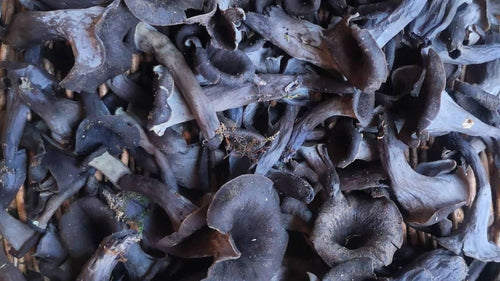
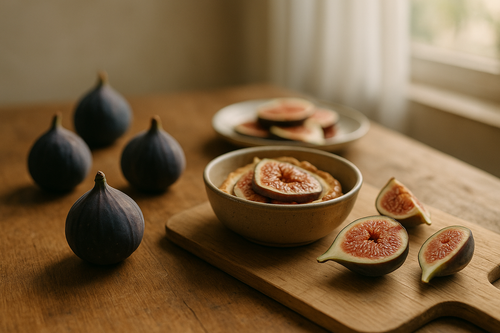
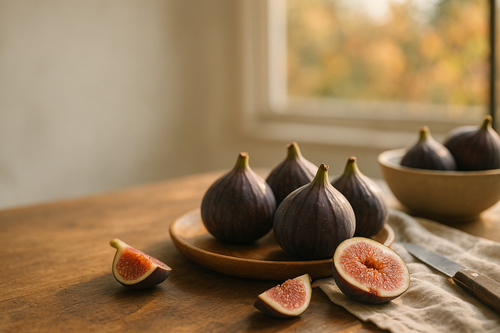



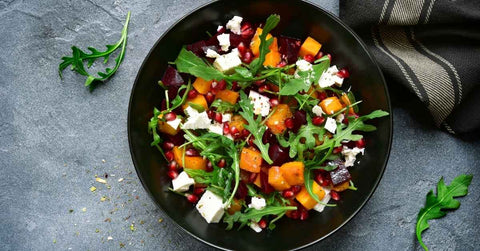
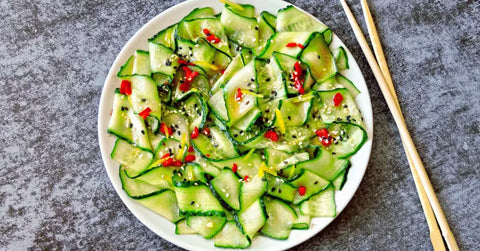
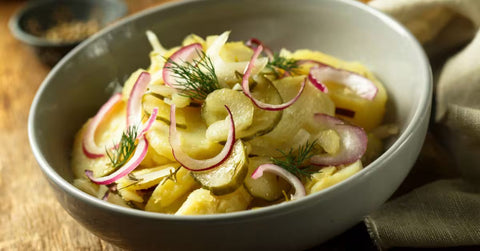
Comments (0)
There are no comments for this article. Be the first one to leave a message!